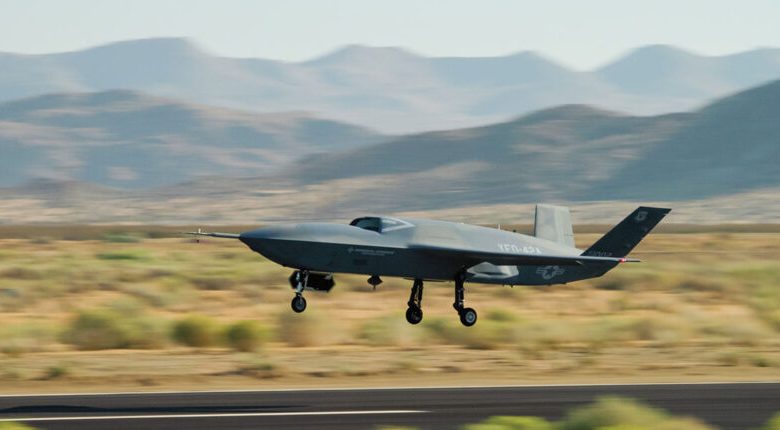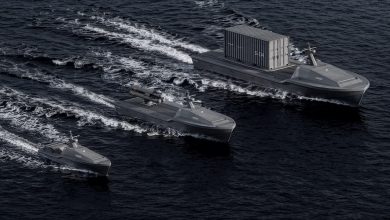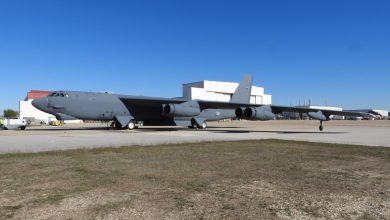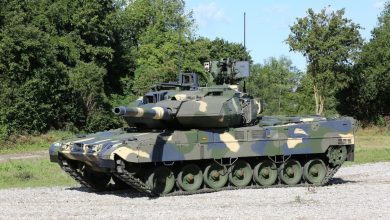America’s YFQ-42A Jet-Powered Drone Wingman Hits Skies for First Time

GA-ASI’s jet-powered combat drone offers autonomous capability and stealth wingman role with 700+ nautical mile range.
General Atomics Aeronautical Systems, Inc. (GA-ASI) has taken a major step in unmanned aviation with the first flight test of its YFQ-42A collaborative combat drone.
Developed in partnership with the US Air Force, the prototype hit the skies just over a year after it was first conceptualized.
By using model-based digital engineering and frameworks from existing platforms, the company said it was able to speed up development and rapidly optimize the drone’s flight performance.
According to the service, the test in California validated YFQ-42A’s autonomous flight and operational readiness, contributing “valuable data” to continued evaluations.
“What a great moment for the US Air Force and for GA-ASI,” said company president David R. Alexander. “It’s an incredible achievement and I salute the air force for its vision and I salute our development team for delivering yet another historic first for our company.”
A New Kind of Wingman
The YFQ-42A is designed as a stealthy, jet-powered wingman for next-gen fighter jets, capable of performing reconnaissance and strike missions.
It is projected to have a combat radius of over 700 nautical miles (806 miles/1,296 kilometers), though speed and other performance details remain classified.
Over the coming years, the air force plans to field roughly 1,000 collaborative combat drones, adaptable to a wide range of missions.
“Our [air force] will continue to be the world’s best example of speed, agility, and lethality,” US Air Force General David Allvin said.
Anduril is also developing a competing design, dubbed the YFQ-44A, which is expected to begin flight testing soon.





